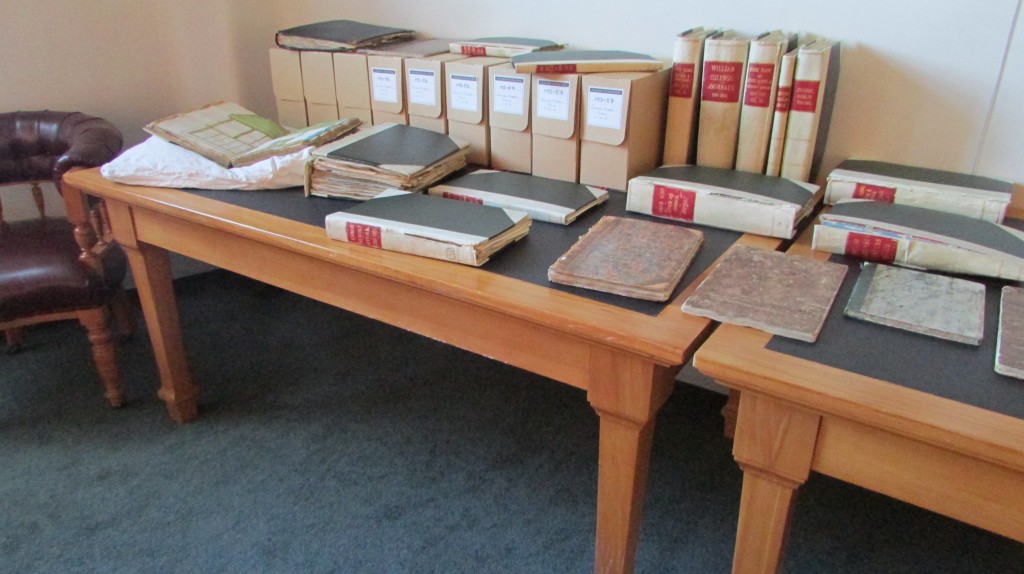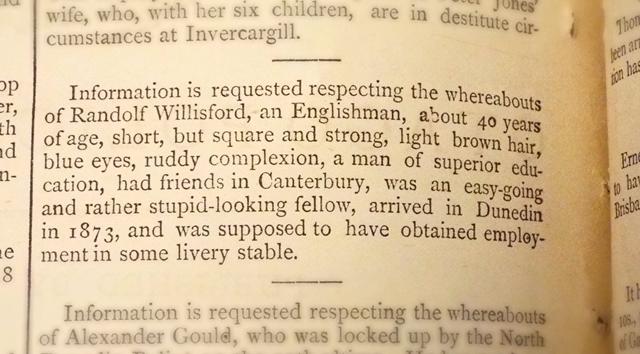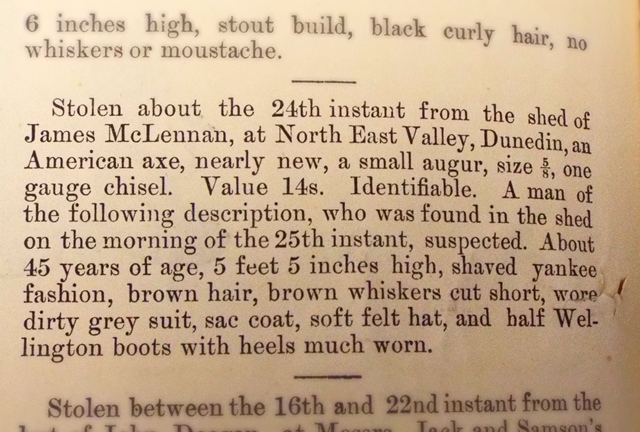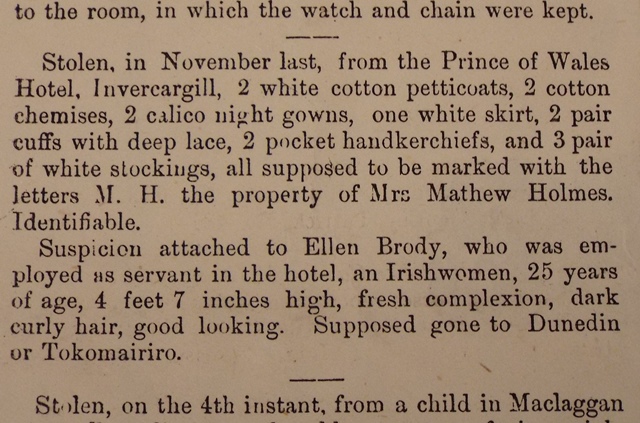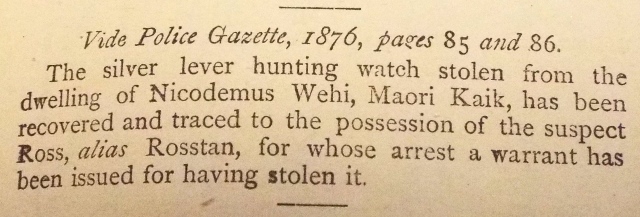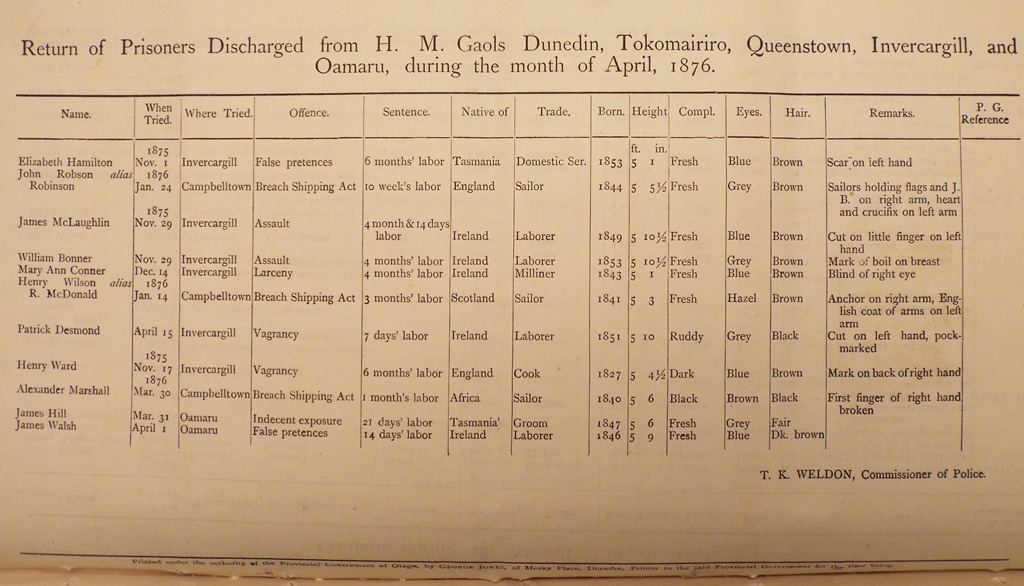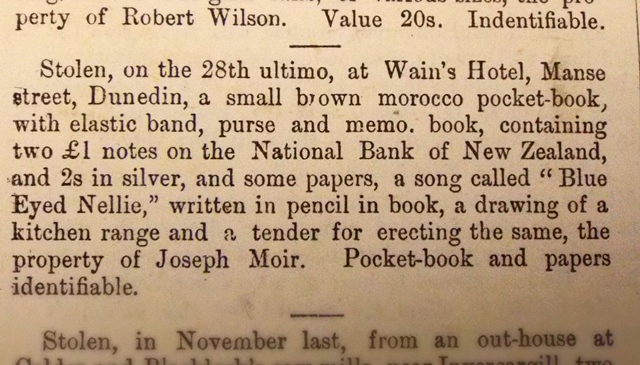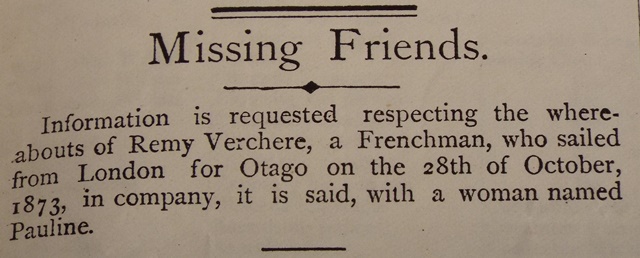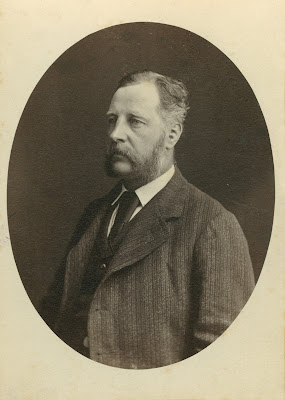We are very excited to announce that the Hocken Collections has again been successful receiving a Memory of World Registration.
This year it is Dr Thomas Morland Hocken’s collection of Church Missionary Society papers that has been added to the register.
We made application this year as part of our programme of work to commemorate 200 years since the mission at Rangihoua in the Bay of Islands was established. Our current exhibition Whakapono : Faith and foundations showcases some of the documents in the collection, and the Marsden online website provides sophisticated tools to search a portion of the documents.
This collection of records acquired by Hocken from the Church Missionary Society in London contains the letters and journals of Rev Samuel Marsden and the settlers who came to New Zealand in 1814 to begin establishing missionary settlements.
The records document the development of the Anglican mission in the Bay of Islands including Marsden’s celebrations of Christmas Day 1814. In describing what they saw and learnt in detail the authors created a rich resource for developing our understanding of New Zealand in the pre-Treaty of Waitangi era. They provide a first-hand account of Maori world around the Bay of Islands; describing people, places, events, conversations, battles and gatherings, who was important and why, relationships between local iwi and hapu, Maori cultural practices, rituals, religion and arts, Maori horticulture, fishing and foods, and the land and sea, forests and lakes.
The writers also describe their work introducing European agriculture, new plants and animals, teaching reading and writing, how they learnt Te Reo Maori, the development of early Maori orthography and also their own tiny community’s internal strife, failures and successes as they struggled to live together in a foreign and isolated place.
The documents are written by a variety of people principally Samuel Marsden, Thomas Kendall, William Hall, John King, John Butler, Reverend Henry Williams, James Kemp, Richard Davis, George Clarke, James Hamlin, William Colenso and the CMS officials in London.
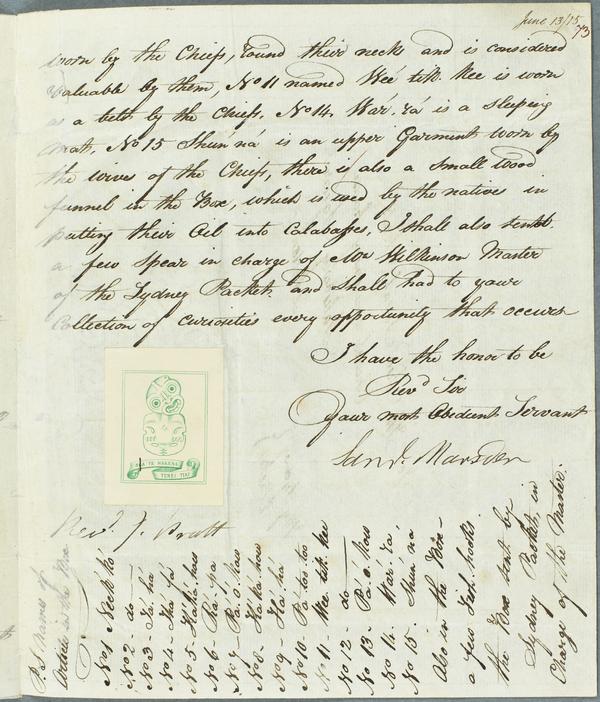
Part of a letter from Reverend Samuel Marsden to the Church Missionary Society in London with list of items sent to the Society. The list includes items of Maori clothing such as fine cloaks. MS-0054/087
From the early 1800s Maori were beginning to explore the wider European world. They were intensely curious about European technologies, literacy, religion and trade. Seeing the potential benefits these could bring to their people Nga Puhi leaders Te Pahi, Ruatara and Hongi Hika used their relationship with Samuel Marsden to encourage him to send teachers, agriculturalists and artisans to New Zealand.
The records registered are MS-0053, MS-0054, MS-0055, MS-0056, MS-0057, MS-0058, MS-0060, MS-0061, MS-0062, MS-0063, MS-0064, MS-0065, MS-0066, MS-0067, MS-0068, MS-0069, MS-0070, MS-0071, MS-0072, MS-0073, MS-0176/001, MS-0176/002, MS-0176/003, MS-0176/004, MS-0176/005, MS-0177/001, MS-0177/002, MS-0177/003, MS-0177/004, MS-0498.
Hocken was an active collector of publications and archival material documenting New Zealand’s history and culture. He was particularly interested in the early mission period. These records were primarily acquired by Dr Hocken directly from the Church Missionary Society in London in late 1903. Whilst initially reluctant to part with the records the CMS eventually agreed that they should be returned to New Zealand. Hocken later sent £250 to the Society. Hocken also acquired some of the documents in the collection from descendants of the missionaries.
Dr Hocken’s collection was transferred to the University of Otago in 1907 under a Deed of Trust that established the Hocken Collections.
Further additions of complementary Church Missionary Society records have been made by donation and purchase, notably the purchase from D.K. Webster of London in 1967 of the papers comprising MS-0498.


